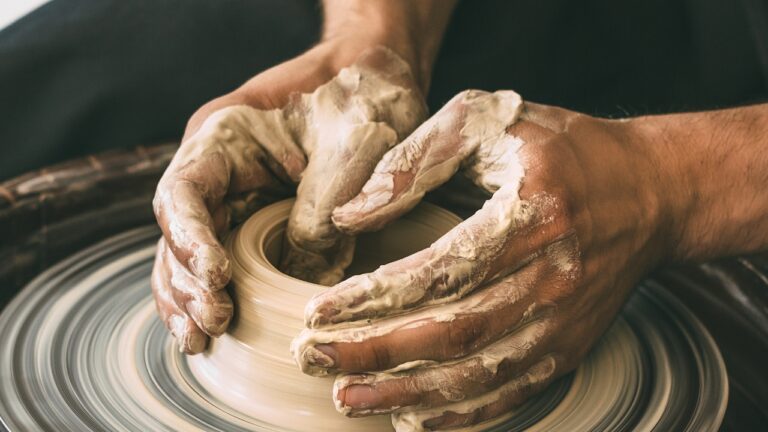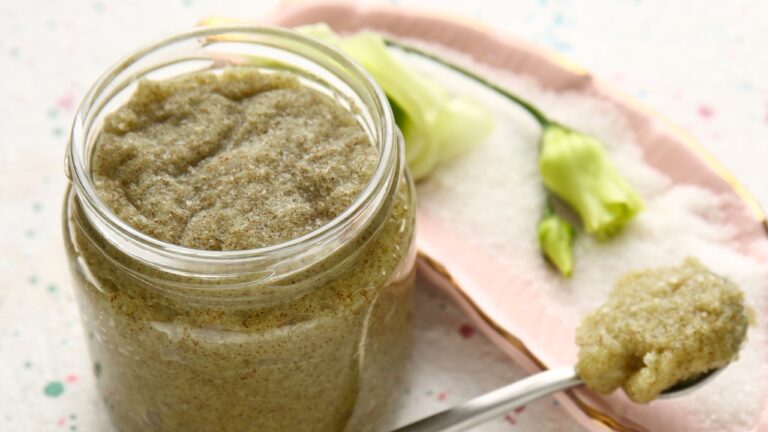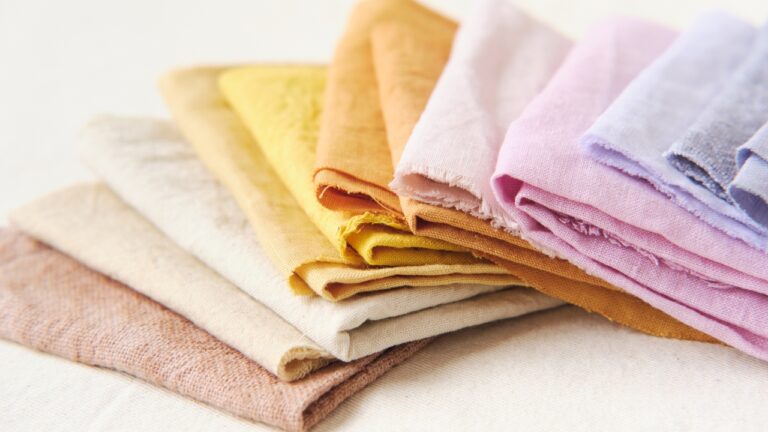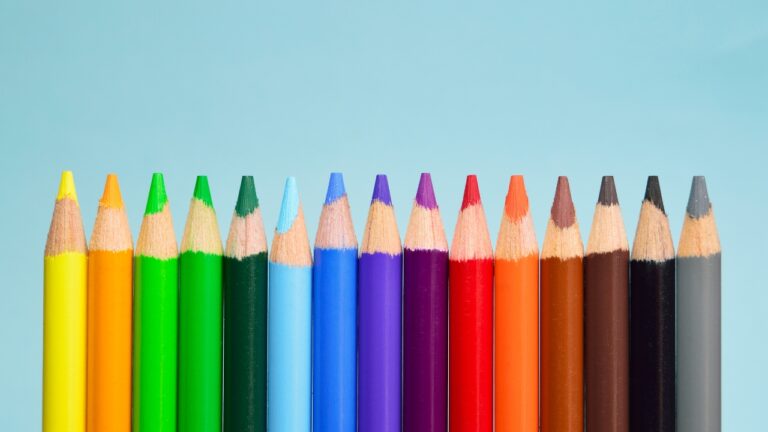13 Best OIL PAINTS For Beginners & Professionals
Here are the best oil paints and oil paint sets for beginners and professionals. Welcome to the colorful world of oil painting, where creativity knows no bounds!
Here’s our quick list of the top sellers, tips for using them and some FAQ’s about using oil paints.
Whether you’re taking your first brush strokes or you’re a seasoned artist looking to explore new pigments, finding the right oil paints can make a world of difference.
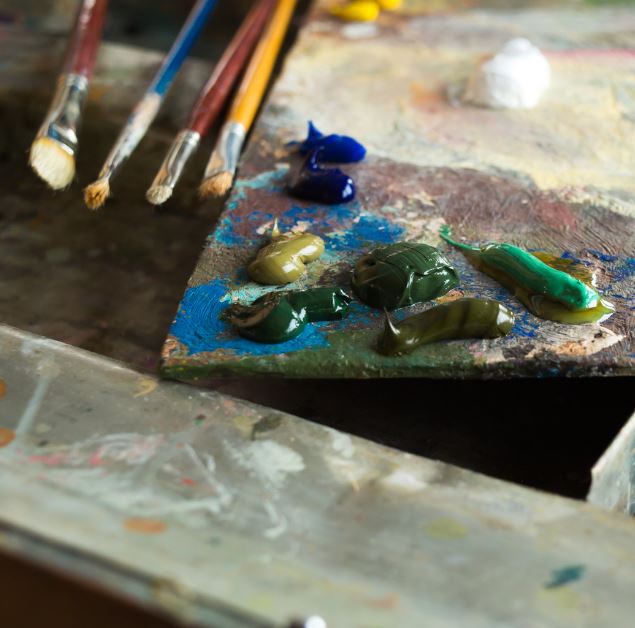
For painters with some experience, looking for some professional-grade pigments there’s some top selling brands on this list.
Best oil paint sets
1. GAMBLIN Artist Oil Colors
2. WINSOR & NEWTON Intro Oil Paint Kit
3. WINSOR & NEWTON Studio Oil Set
4. ARTEZA Oil Paints For Beginners
5. MAGICFLY 40 Tube Oil Paint Set
6. MEEDEN All In One Oil Set
7. US ART SUPPLY Deluxe Pro Oil Set
8. PAUL RUBENS 20 Large Capacity Oil Tube Set
9. OHUHU 24 Oil Paint Kit
10. CASTLE ART Beginner Oil Set
11. VISWIN All In One Kit With Easel
12. MONTE MART Oil Paints
13. ZENART High Pigment Oil Paints
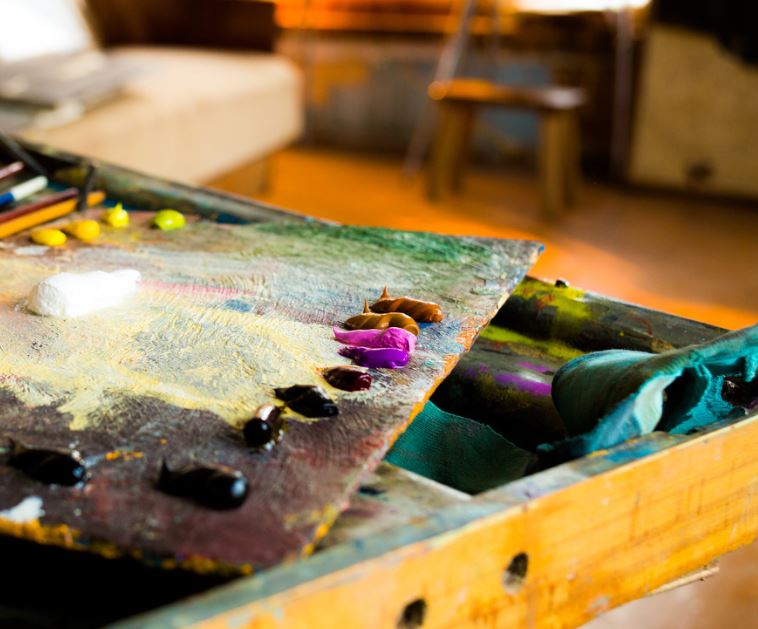
Tips For Choosing Oil Paints
1. Quality Over Quantity
When choosing oil paints, prioritize quality over quantity. It’s better to invest in a smaller set of high-quality paints than a large set of lower-quality ones.
Look for paints with high pigment concentration and a good balance of binders and oils for optimal color vibrancy and longevity.
2. Color Range and Mixing
Consider the color range offered in a set. Opt for a set that provides a good variety of colors, including primary colors and some earth tones, to give you versatility in mixing.
A set with a well-thought-out color range can save you time and effort when it comes to creating the exact shades you need.
3. Consistency and Texture
Pay attention to the consistency and texture of the oil paints. Different brands and series offer varying levels of thickness or viscosity.
Some artists prefer a buttery consistency, while others may lean towards a more fluid texture.
Experimenting with different consistencies can help you find the one that aligns with your painting style and preferences.
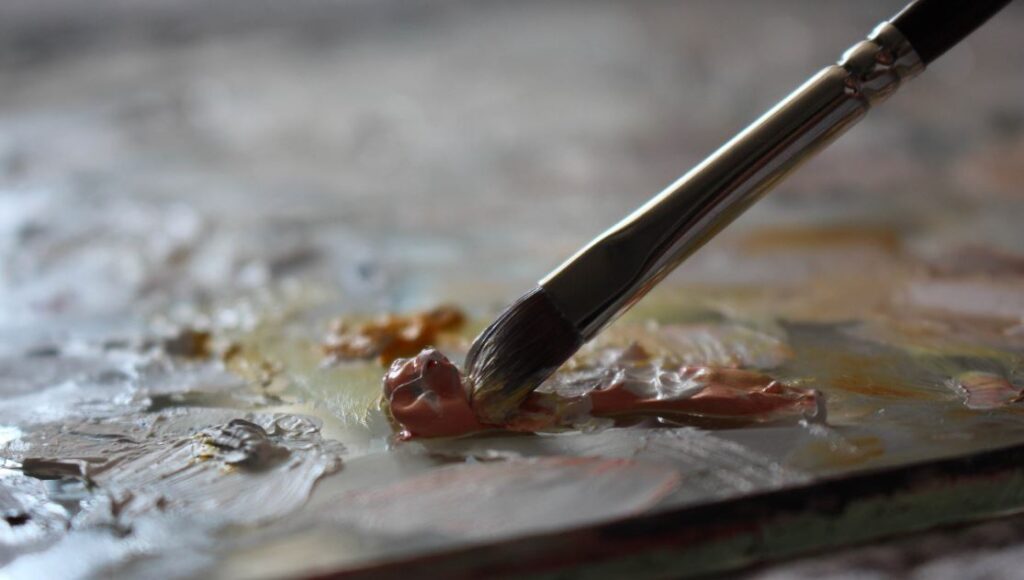
4. Lightfastness and Permanence
Check for information on lightfastness and permanence of the oil paints. Lightfastness indicates how well the colors resist fading over time when exposed to light.
A high level of lightfastness ensures the longevity of your artwork.
Permanence refers to the stability of the paint film and how well it adheres to the surface over time. Look for paints labeled with high permanence ratings.
5. Brand Reputation and Reviews
Research the reputation of the paint brands you’re considering. Established brands with a history of producing quality art supplies are often a safe bet.
Additionally, read reviews from other artists to get insights into the performance, color accuracy, and overall satisfaction with the paints.
Real-world experiences can provide valuable information to help you make an informed decision.
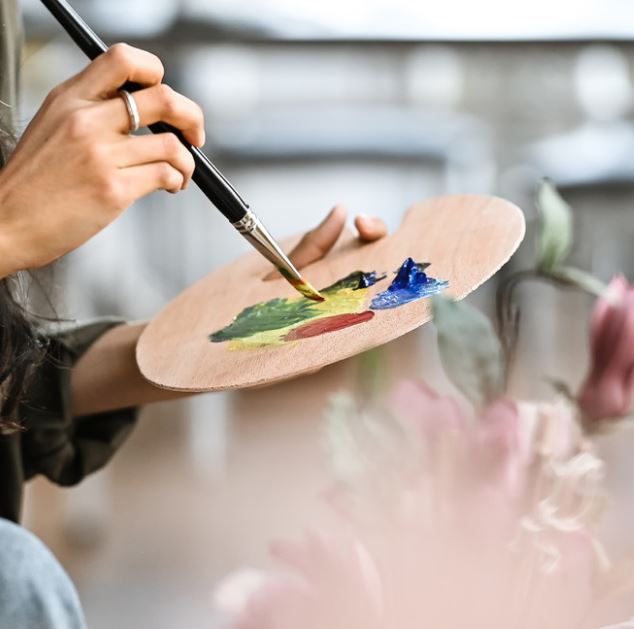
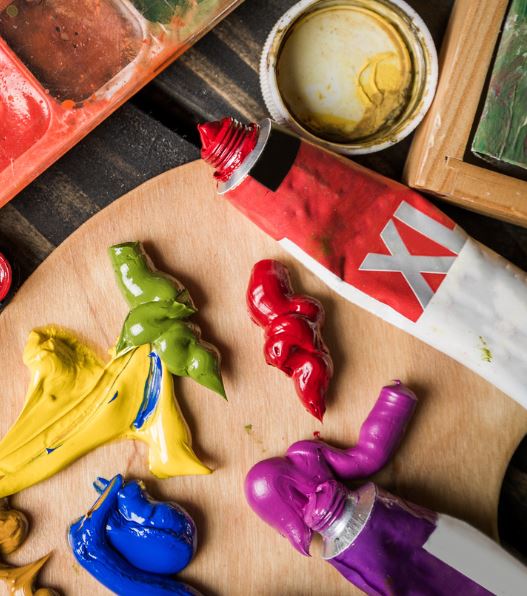
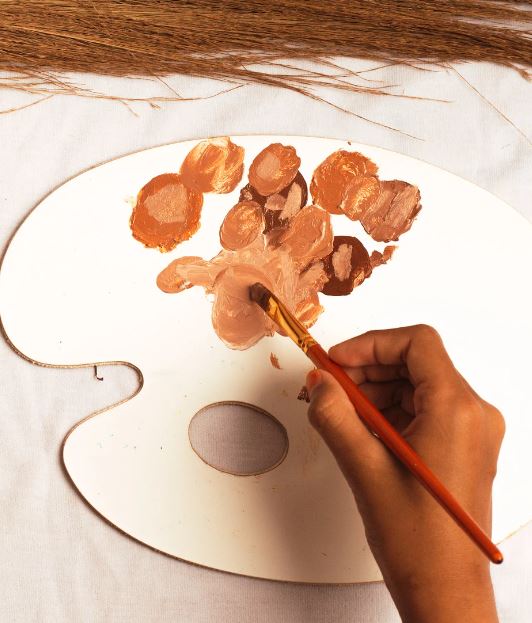
FAQ’s About Using Oil Paints
1. What are oil paints made of?
Oil paints are composed of pigments, which provide color, and a binder, typically linseed oil.
The pigment is finely ground and mixed with the oil to create a smooth, workable paint.
The choice of pigments and binders can vary among brands, influencing the characteristics and quality of the paint.
2. How long do oil paintings take to dry?
The drying time of oil paintings varies based on factors like the thickness of the paint layer, the type of pigments used, and environmental conditions.
Generally, oil paintings can take anywhere from a few days to several weeks to touch-dry. Complete drying, where the paint is fully cured, can take months or even years.
If you are new to painting and want quick dry paints, then you might want to give acrylic paints a try.
3. Can oil paints be mixed with other types of paint?
While it’s generally best to stick to the same type of paint within a single artwork, oil paints can be mixed with other compatible mediums.
However, mixing them with water-based paints like acrylics may lead to adhesion issues.
Always check product labels and follow recommended guidelines when combining different types of paint.
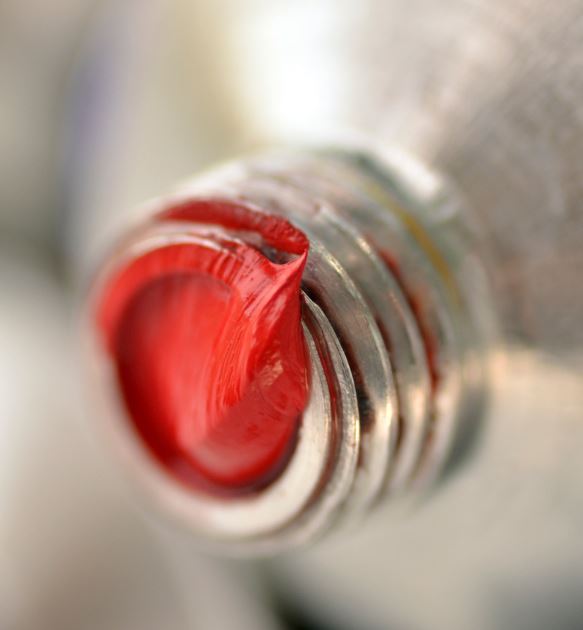
4. How do I clean my brushes after using oil paints?
Clean oil paint brushes with a solvent such as turpentine or mineral spirits. Begin by wiping excess paint off the brushes with a rag or paper towel.
Then, dip the brushes in the solvent and gently swish them around. Wipe the brushes again, and repeat until the brushes are clean.
Finally, wash the brushes with soap and water to remove any remaining solvent.
5. What is the best surface for oil painting?
Canvas is a popular surface for oil painting due to its flexibility and durability. Stretched canvas provides a stable yet resilient base.
Other surfaces like wood panels or primed paper can also be used.
It’s essential to prepare the surface with a suitable primer to ensure proper adhesion and longevity of the oil paint layer.
Pros of Using Oil Paints
Rich Color and Depth
Oil paints are known for their rich, vibrant colors and deep, luminous quality.
The pigments in oil paints are suspended in a dense medium, allowing for a stunning range of hues and the ability to create intricate color variations.
Slow Drying Time
The slow drying time of oil paints provides artists with extended working periods.
This allows for blending, layering, and subtle adjustments. This makes oil painting an ideal medium for those who prefer a more deliberate and controlled approach to their artwork.
Versatility and Layering
Oil paints offer remarkable versatility. Artists can experiment with various techniques, including glazing, impasto, and scumbling.
The ability to layer paints allows for the creation of complex textures and detailed effects, adding depth and dimension to the artwork.
Longevity and Durability
Properly cared for oil paintings have demonstrated remarkable longevity.
The durable nature of the oil paint film ensures that artworks can withstand the test of time.
This makes them suitable for creating heirloom pieces that can be enjoyed for generations.
Blendability and Correctability
Oil paints are highly blendable, enabling artists to achieve smooth transitions between colors.
Additionally, the slow drying time allows for corrections and adjustments.
This allows artists refine their work over an extended period without the fear of the paint drying too quickly.
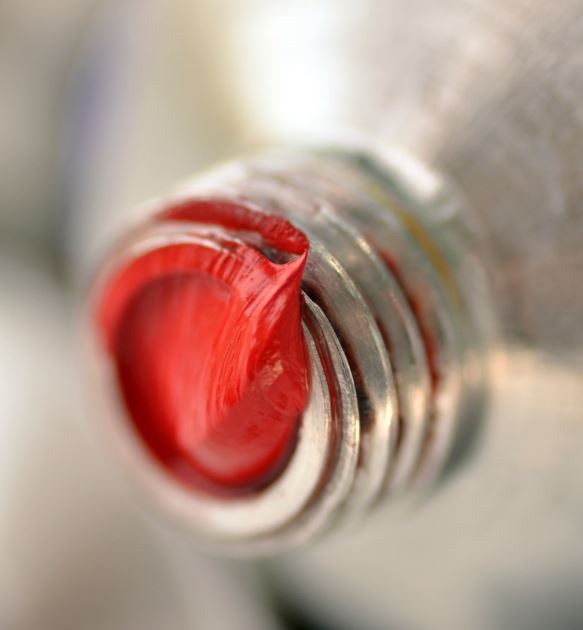
Cons of Using Oil Paints
Drying Time
The slow drying time, while advantageous for certain techniques, can be a drawback for artists seeking a quicker turnaround.
Waiting for layers to dry can extend the overall completion time of a painting.
Toxic Solvents
Many artists use toxic solvents like turpentine or mineral spirits for cleaning brushes and thinning paint.
The use of these solvents requires proper ventilation and caution due to potential health hazards.
Alternatives such as water-based mediums are available but may alter the characteristics of the paint.
Material Cost and Setup
Quality oil paints, brushes, and canvases can be relatively expensive compared to other painting mediums.
Additionally, artists need to invest in proper ventilation, easels, and storage solutions, adding to the overall setup cost for oil painting.
Transportation Challenges
Oil paintings, especially when in progress, can be challenging to transport due to their slow drying time.
Wet paintings can easily smudge or get damaged during transit, necessitating careful handling and planning.
Clean-up and Maintenance
Cleaning brushes and palettes after using oil paints requires the use of solvents, which can be messy and may pose environmental concerns.
Proper disposal of used solvents is essential, and artists need to be mindful of maintaining a clean and organized workspace to prevent contamination.
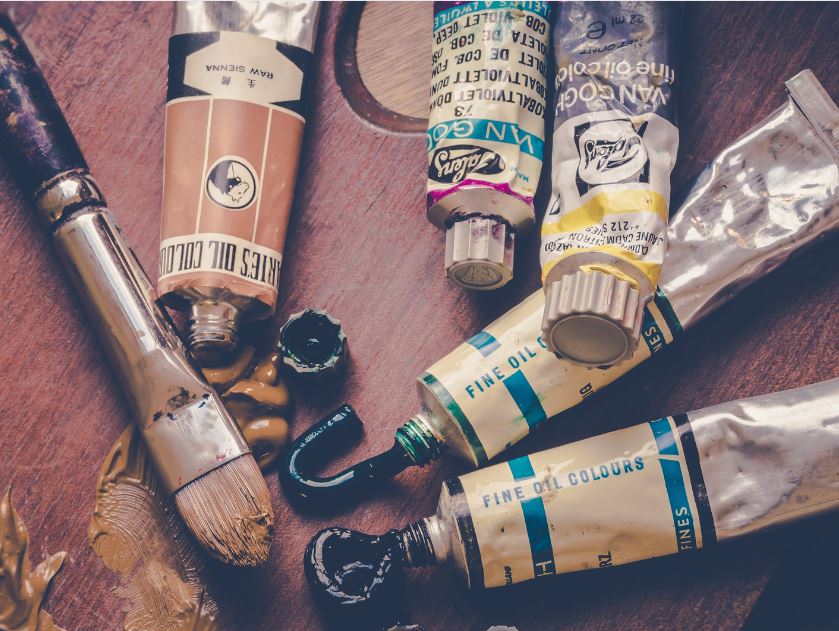
In Closing: Remember, art is not just about the final masterpiece but the joy of creating and experimenting along the way.
Happy painting, and may your canvases be filled with endless inspiration! Thanks for reading, and until next time, keep those brushes moving and the colors flowing.
Next, check out the best papers to use for watercolor paintings.

